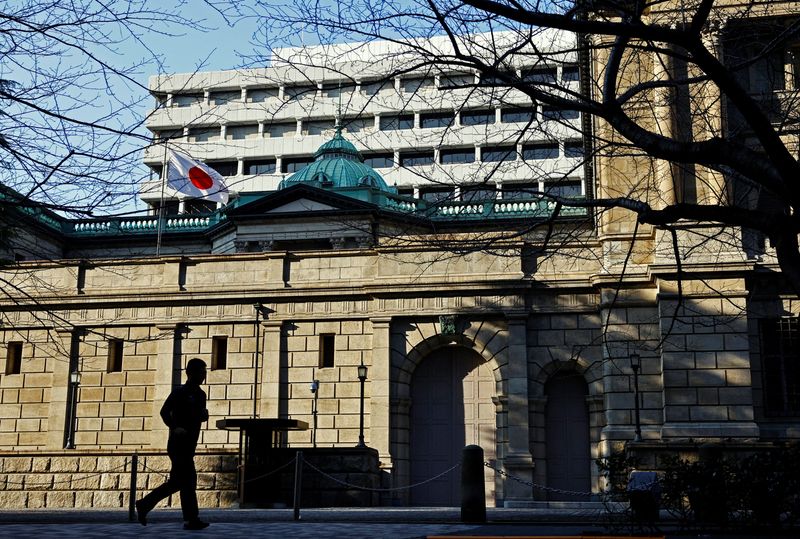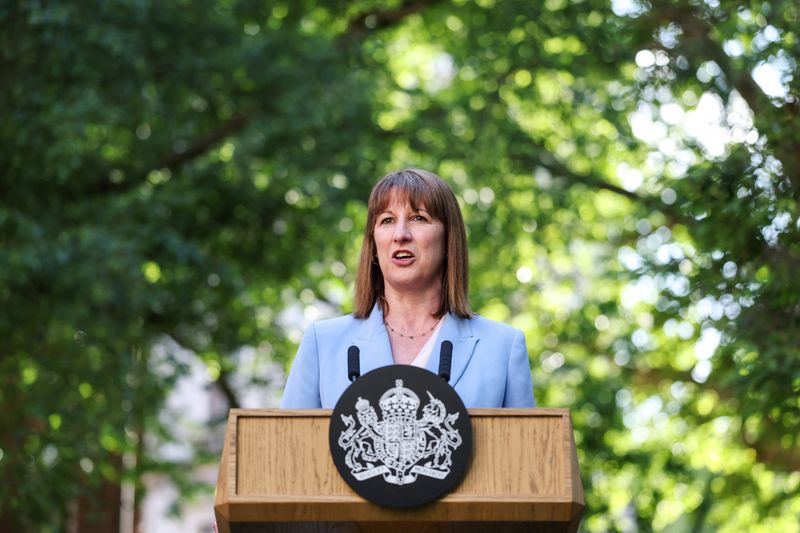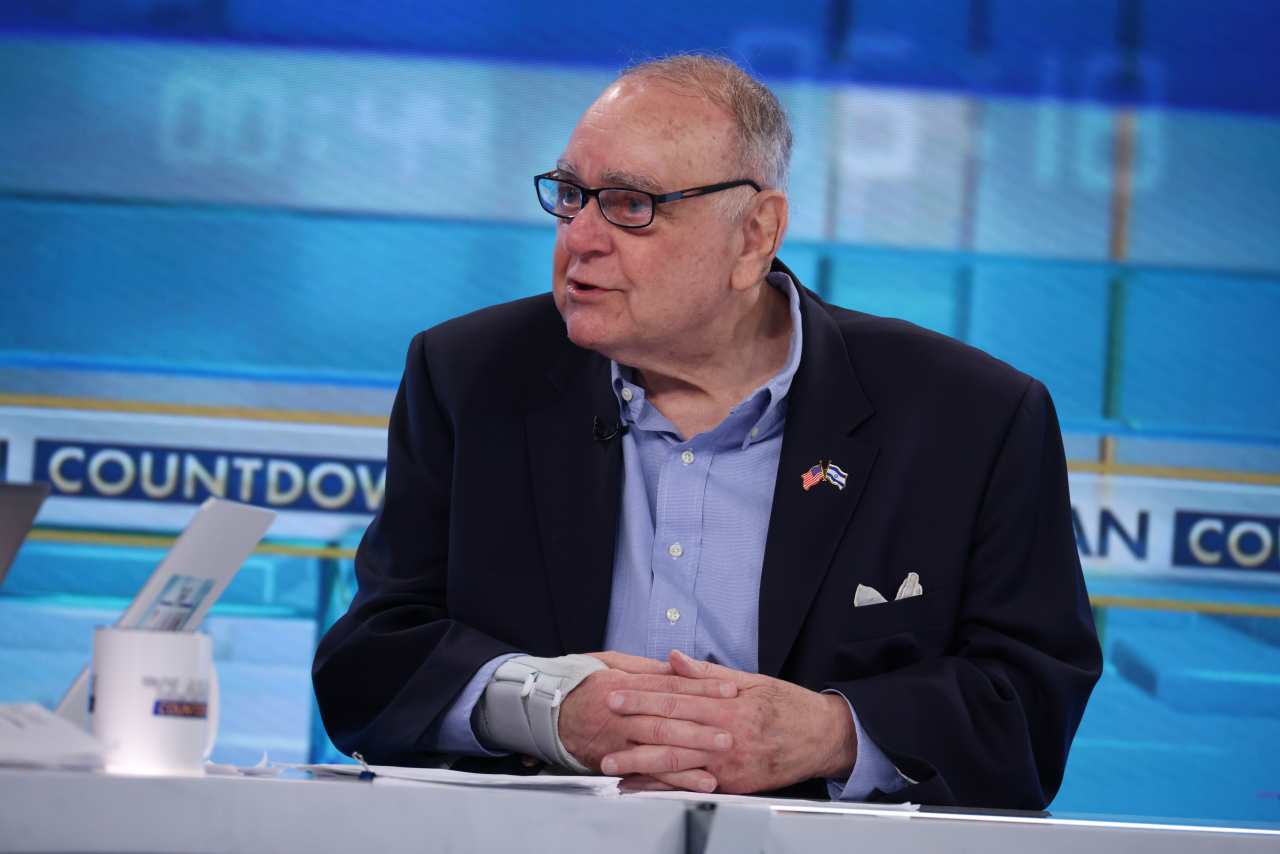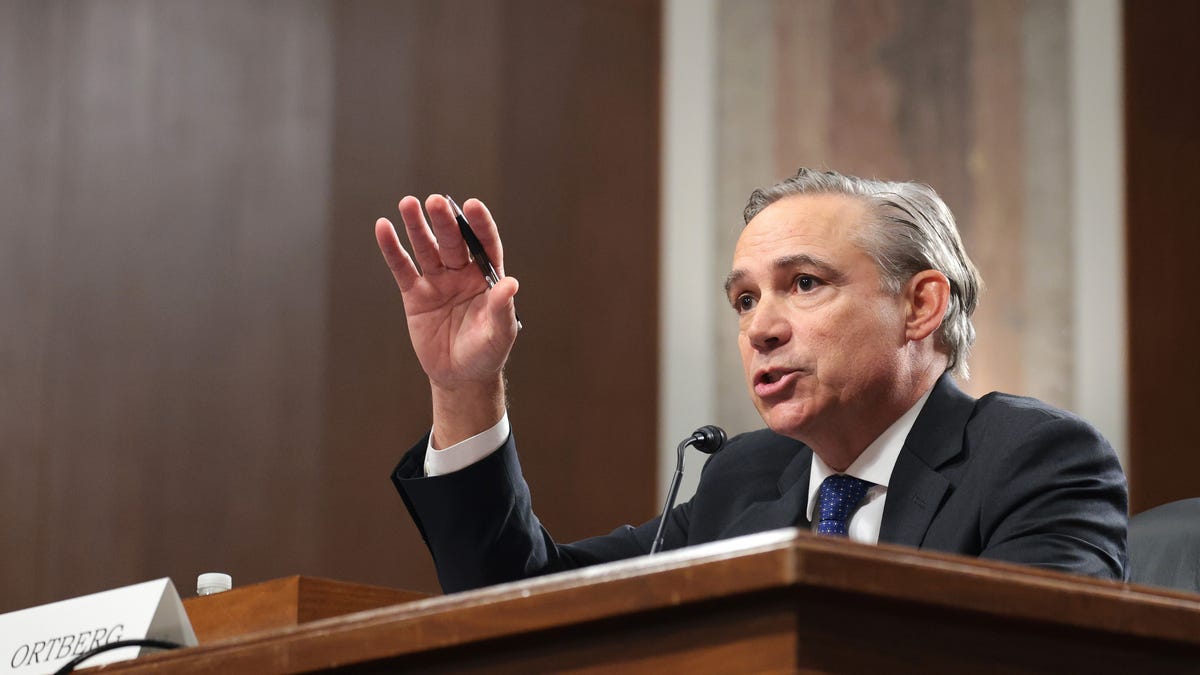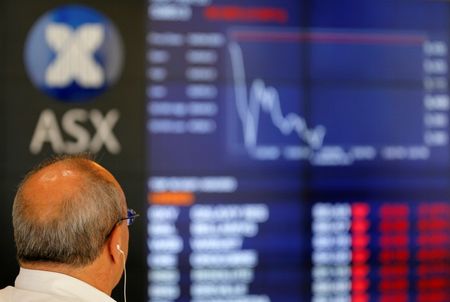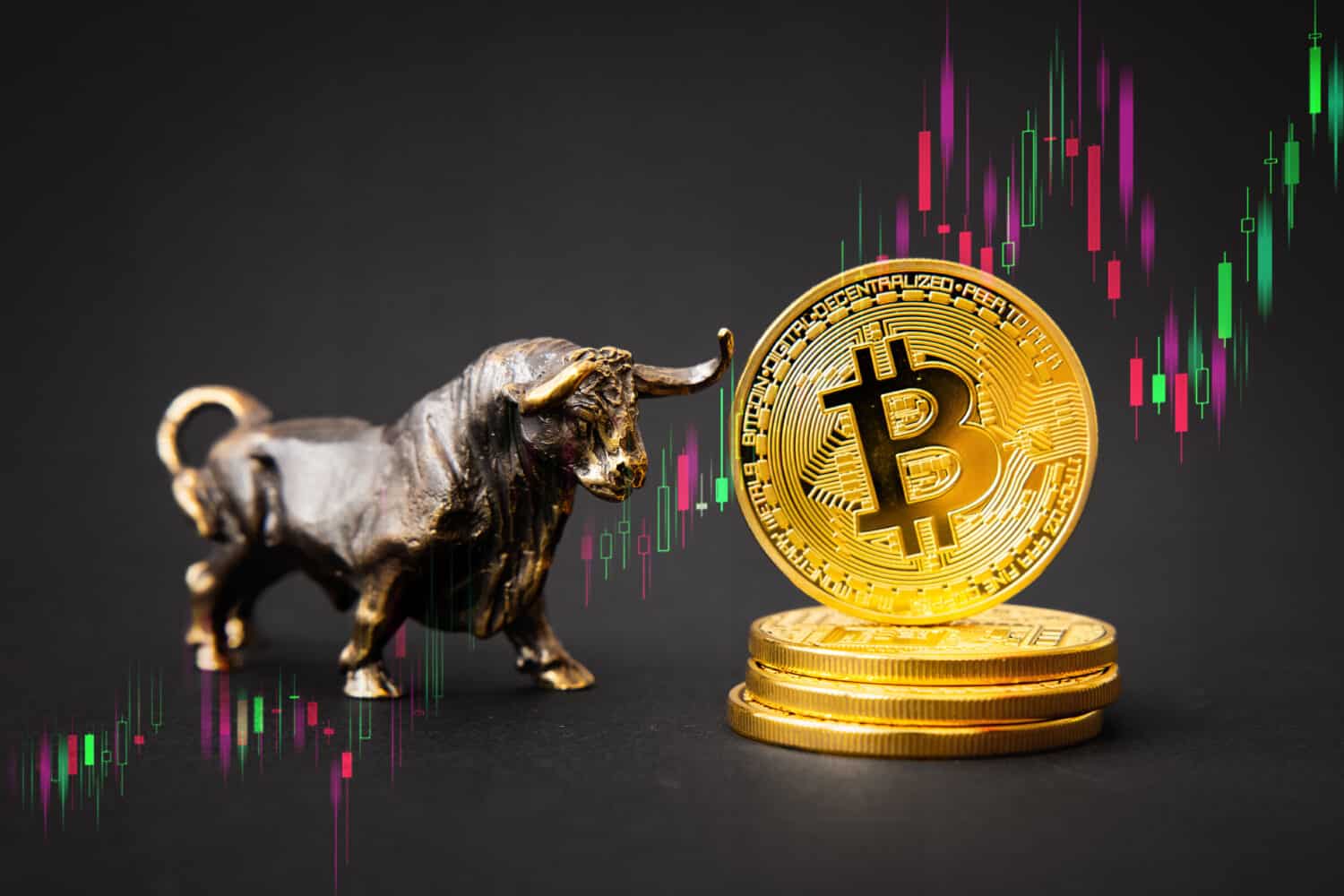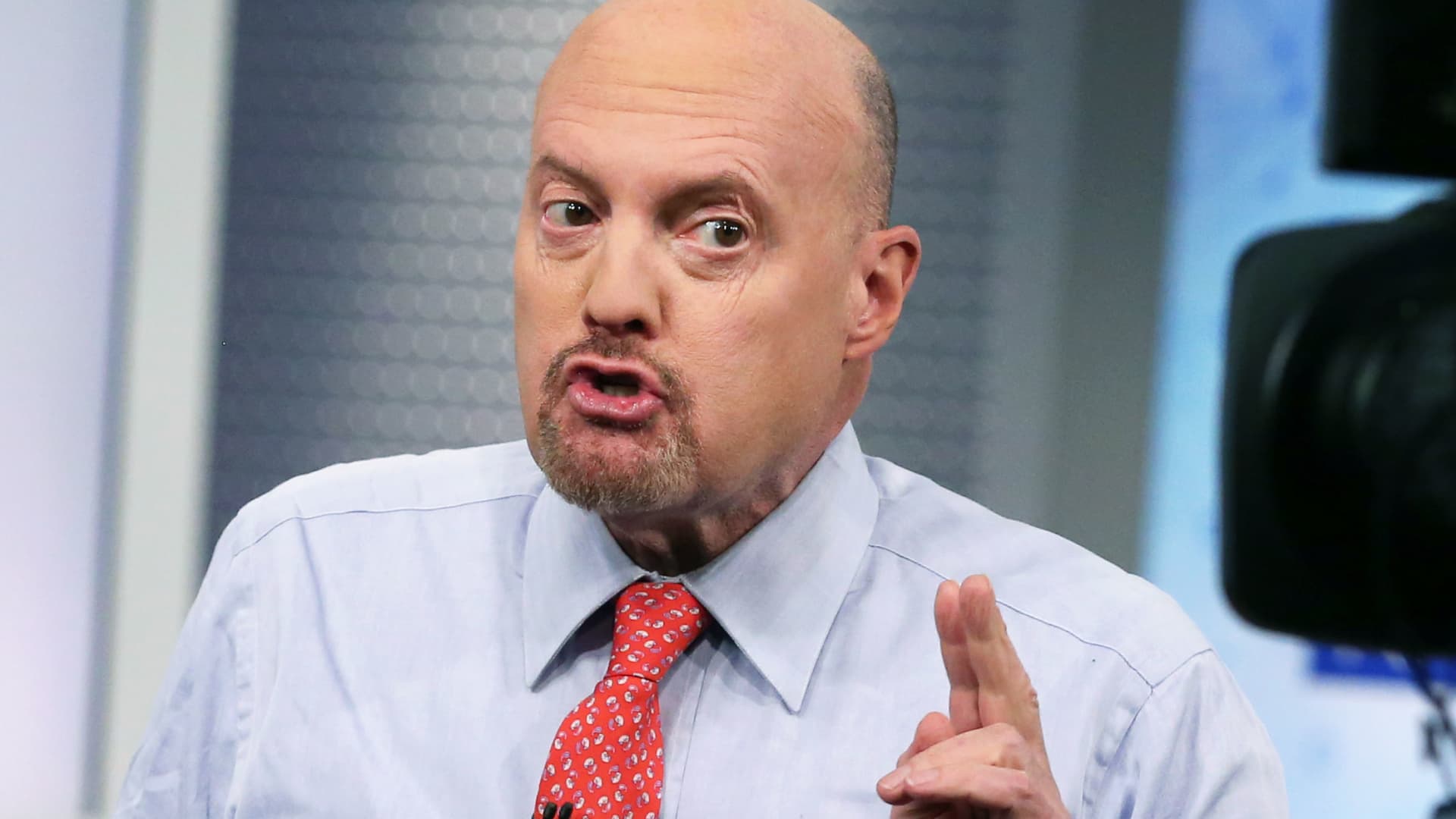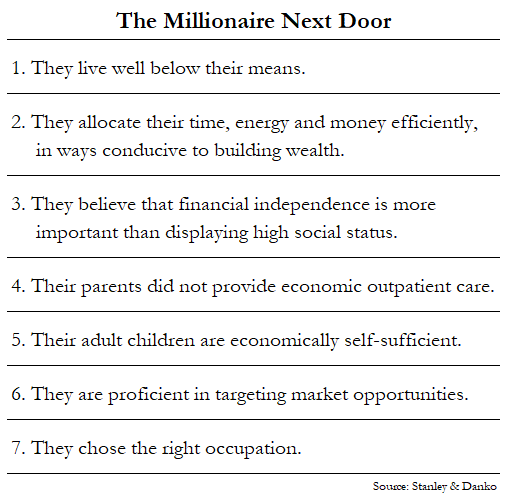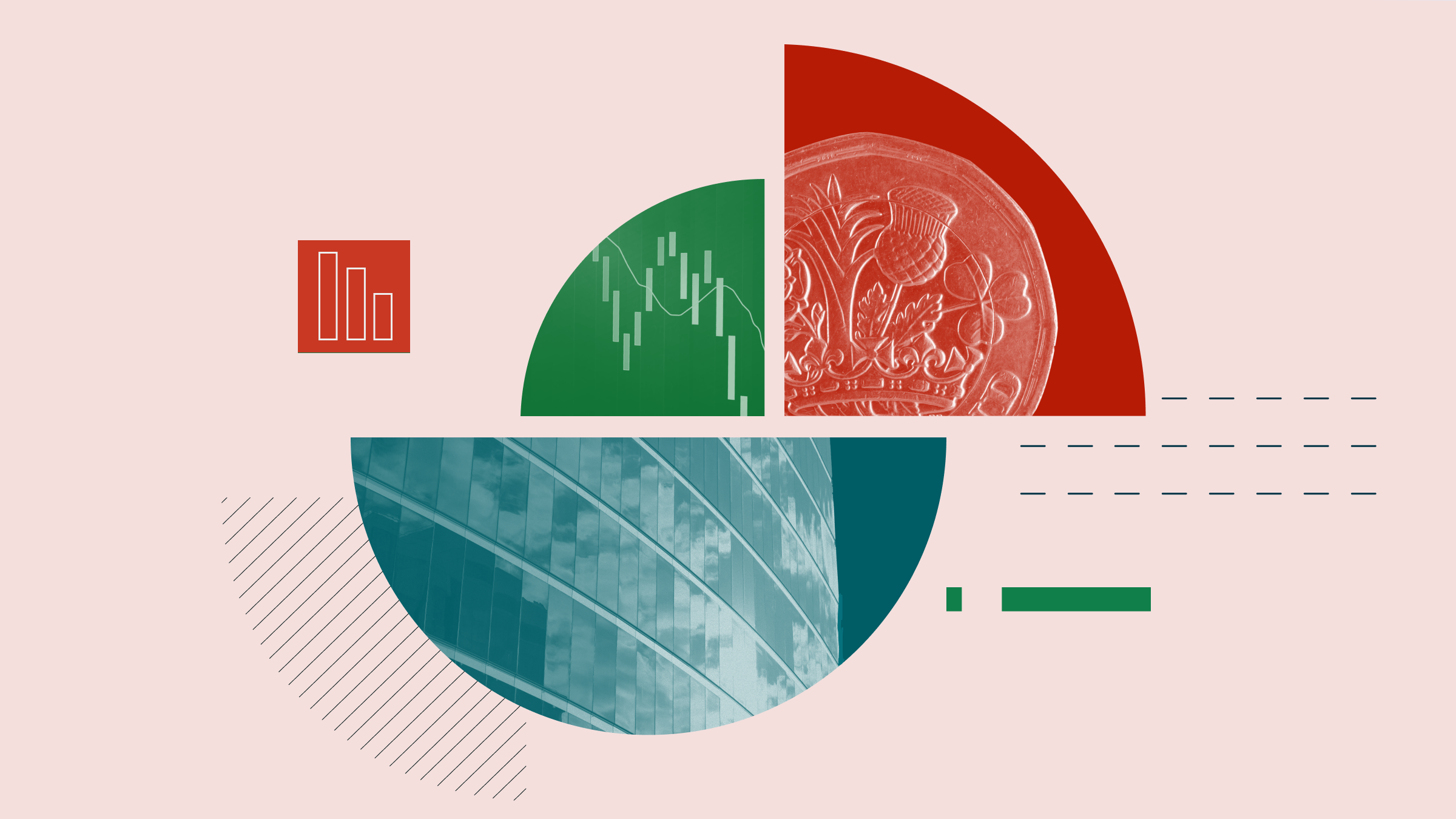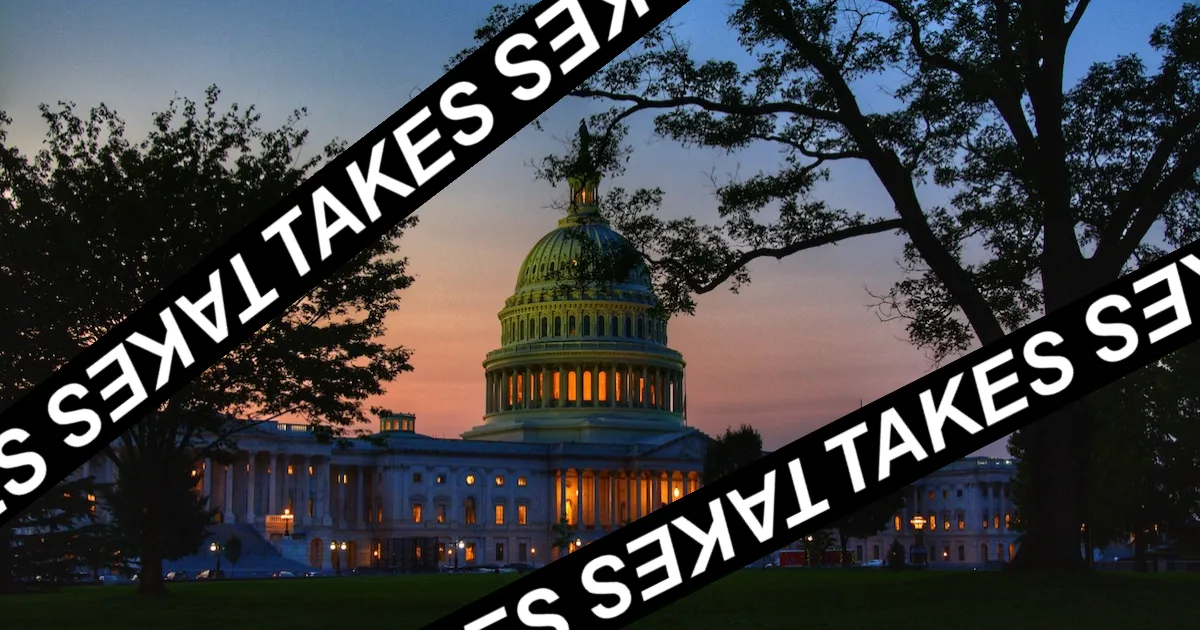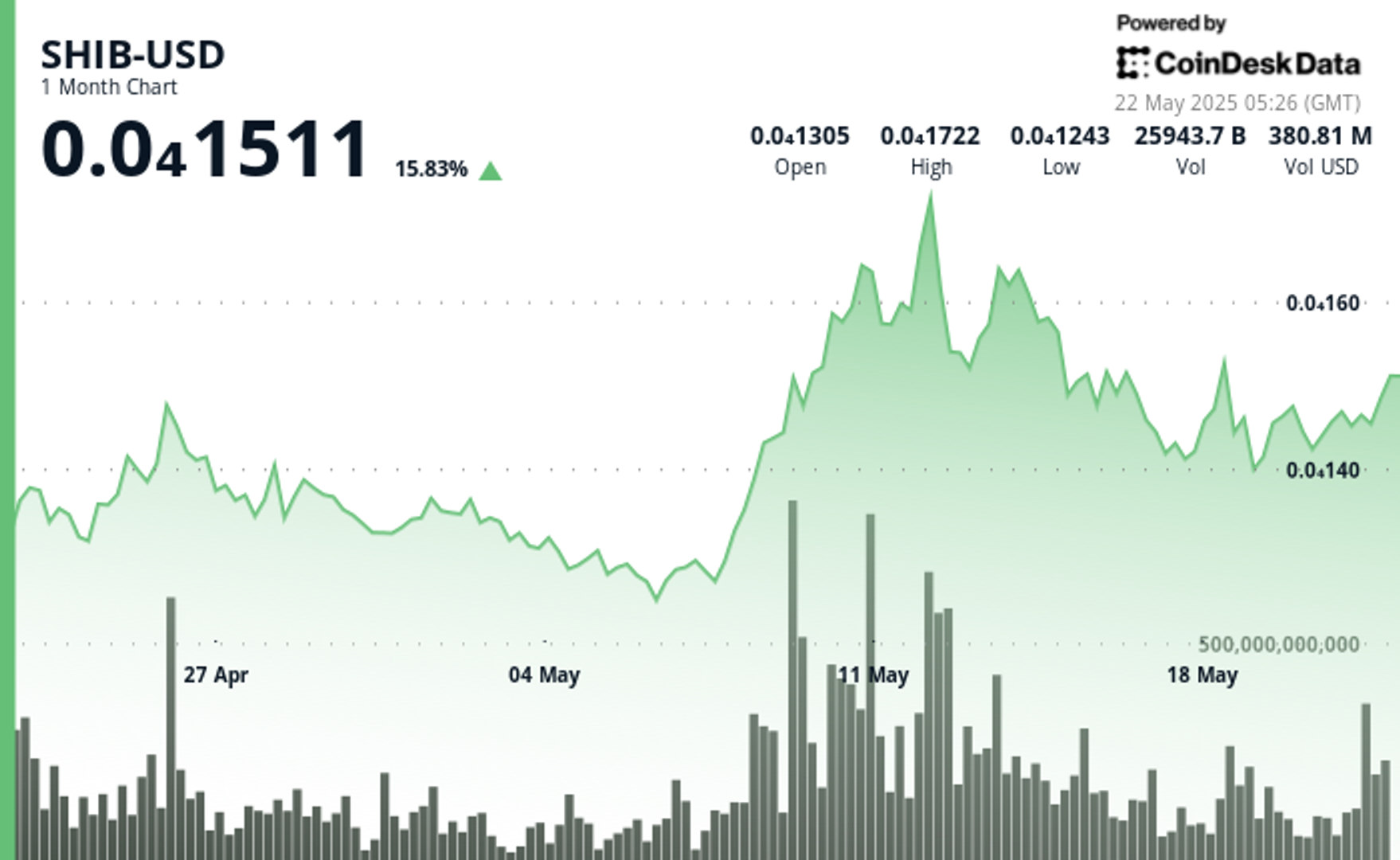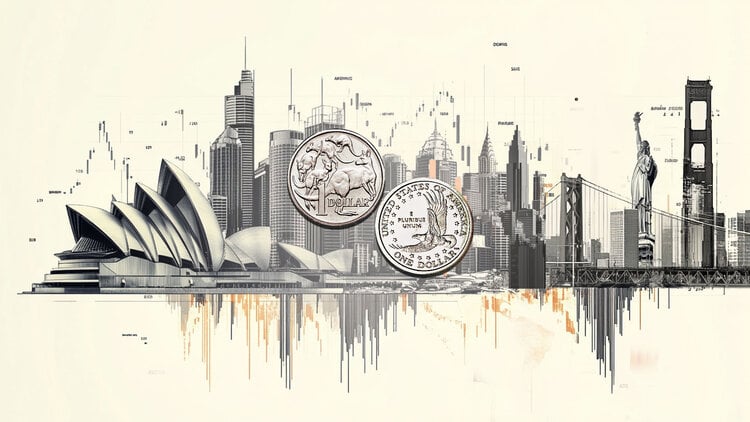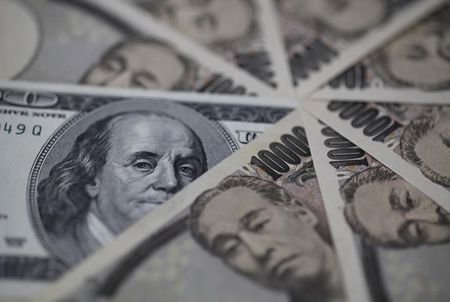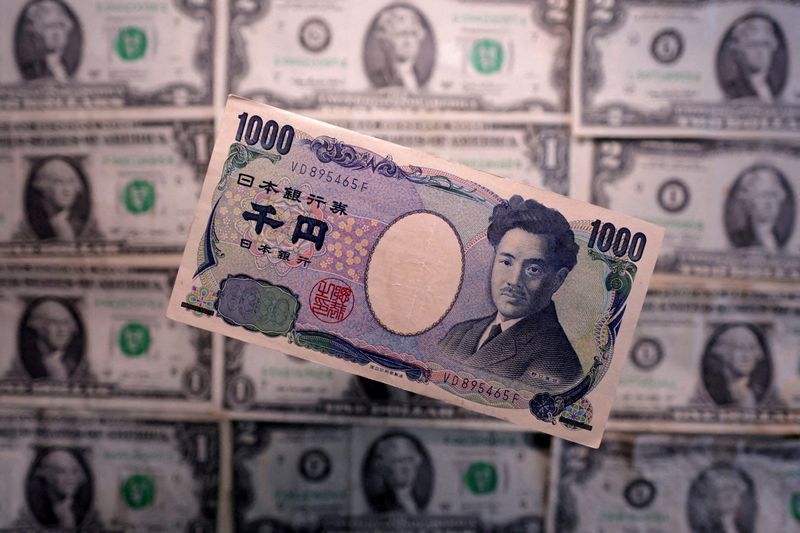Bitcoin touches all-time high and Treasury yields cross 5% again
Bitcoin soared to record levels before dropping like a stone later in the day. U.S. equities saw their positive streak cut short.

- On Wednesday markets rose then dropped all at once. Bitcoin went from a record price to closing briefly negative, then back to positive. Equities had a promising few hours at the start of the trading session only to plummet in the afternoon. Throughout the day bond yields soared, as the focus for investors turned to the spending bill currently being debated in Congress.
On Wednesday Bitcoin continued its weeks-long surge all the way to an all-time high, while equities moved in the opposite direction.
The Nasdaq and the S&P 500 seemed on track for slight gains until their price charts turned vertical in the early afternoon. The bond markets saw yields on the 10-year and 30-year Treasury notes rise past notable benchmarks. Yields on 30-year Treasury bonds moved north of 5.08% on the day, after having first reached those levels on Monday. The 10-year Treasury note traded at 4.59%.
As bonds and equities disappointed investors, Bitcoin offered a bright spot on its way to a new record. Bitcoin’s price topped out at $109,693. Later in the day its price fell back down as low as $106,400, briefly turning negative, before eventually recovering. The record performance marked a significant turnaround for Bitcoin after it got wrapped up in the market tumult of April.
“Bitcoin’s new all-time high is a clear signal yet that this crypto bull market has further room to run,” said Thomas Perfumo, global economist at crypto exchange Kraken.
Bitcoin sank with the rest of the markets in the aftermath of President Donald Trump’s April 2 tariff announcement. However, it rebounded once Trump announced his tariff pause a week later on April 9th. Since its April 9th low of $74,589 Bitcoin rose 43%.
The Bitcoin run up was due to the broader recovery of the equities market, investors putting money back into Bitcoin ETFs after having pulled it during last month’s market shock, and the growing roster of public companies that hold it, according to Perfumo.
“Unless that trifecta of tailwinds falters, dip-buyers are likely to set the tone and today’s record print is evidence of that,” he said.
With the rest of the markets particularly vulnerable to policy decisions, Bitcoin is gradually becoming a safe haven rather than a risk for investors. Much of Bitcoin’s bull run is due to the fact its no longer seen as a speculative asset but as a hedge against risks from fiat currencies, according to Roshan Robert, CEO of crypto exchange OKX.
“Recent market turmoil, rising fiscal concerns like Moody’s downgrade, and broader geopolitical uncertainty are prompting institutional and corporate investors to view Bitcoin similarly to gold: as a non-sovereign, scarce store of value that can offer downside protection in uncertain macro environments,” he told Fortune.
Stocks fell, bonds rose on Wednesday
Meanwhile, equities had a lackluster day. The Dow Jones dropped over 800 points and the S&P 500 fell 1.6%. The tech-heavy Nasdaq looked like it would offer a bright spot on the day when it was up 45 basis points. But that hope faded when it plunged in the mid-afternoon, closing the day down 1.4%.
Wednesday’s declines continued a downward trajectory that had started a day earlier. The two down sessions came after the stock market saw a healthy resurgence on the back of easing trade tensions between the U.S. and China.
But traders spent Wednesday with their eyes fixed to the bond market. The rising yields seemed to signal a lingering amount of skepticism from the market toward the U.S.
Moody’s recent downgrade of the U.S.’s credit ranking from AAA to Aa1 seems to still be weighing on investor’s minds. When Moody’s downgraded the U.S.’s credit rating it cited a widening deficit and no clear signs that policymakers in Washington D.C. would close it. At the moment a spending bill being debated in Congress risks proving Moodys’ analysts right. The Congressional Budget Office estimated the bill would increase the deficit by $3.8 trillion.
The bill’s debt-to-GDP ratio of 6.5% to 7% would do little to reassure investors that were already skittish about the U.S., according to a Deutsche Bank analyst note.
“Absent a clearer commitment towards putting deficits on a downward path, investor concerns about US fiscal dynamics are likely to persist,” DB’s economists wrote.
This story was originally featured on Fortune.com
